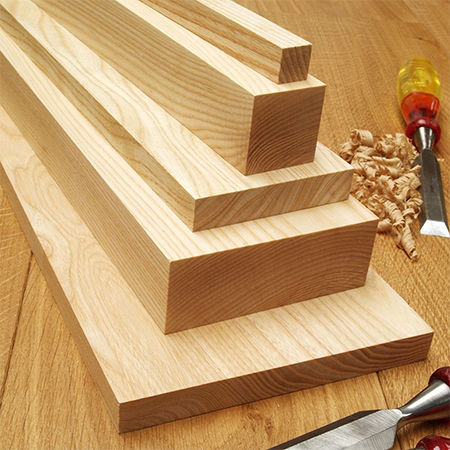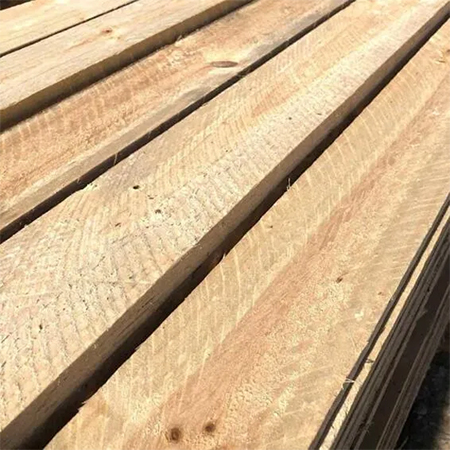What is Pressure-Treated Timber and When Should I Use It?
Pressure-treated timber is used primarily for outdoor applications but there are other uses where this timber offers effective solutions.
23/04/2023
In the hunt for materials for a DY or home improvement project, you will often come across the terms pressure-treated or untreated timber. If you do not know what this means and the implications of using the wrong type of timber for a specific purpose below are a few important facts you should be aware of.
Untreated Timber
Untreated timber is exactly as the name indicates... Untreated. This means that the timber is in its raw state, unplaned and without any type of treatment being applied. Having mentioned that you will come across untreated pine that is PAR and this indicates that untreated timber is 'planed all round', in other words, it has been cleaned up and planed into a recognised size so that you can purchase the timber that you need per the PAR size.
PAR timber has a smooth finish and is available in a range of thicknesses and widths.
What is PAR Timber?
When any type of timber is classified as PAR this means that it has been planed-all-round. Planed all round indicates that the particular piece of timber has been planed into a recognised width and thickness that is an industry standard for construction, industrial, or DIY use. When purchasing this type of timber it is referred to as PAR Untreated. PAR timber is more expensive than non-PAR or treated timber and that is why it is commonly used for DIY or home improvement projects where cost plays an important role.
Untreated and non-PAR timber has a rough finish and is not planed to industry standard thicknesses or widths.
What is Non-PAR Timber?
Timber that is not classified as PAR does not have a recognised width or thickness and is cheaper than PAR timber. I have completed many DIY projects using non-PAR timber, particularly those where the width or thickness makes no difference and, in fact, adds to the overall appearance of the finished project, such as rustic or cottage-style furniture, outdoor projects, and for framing where the timber will not be visible once completed.
Framing and support for outdoor structures should be of pressure-treated timber, not only for its ability to withstand our climate but also for its longevity.
Pressure-Treated Timber
As the name indicates, pressure-treated timber goes through a process that injects a preservative into the wood under high pressure. The process used extends the longevity of the timber, which is the ultimate requirement when it is used outdoors or in stress-bearing situations such as roof timbers, etc.
The preservative used for pressure-treated timber differs according to the final use of the timber. The international standard for treated timber can be found here on the AWPA website as well as the specifications for timber use in a residential environment. However, keep in mind that pressure treating involves chemicals that include pesticides and precautions need to be taken in certain situations. The bottom line is that pressure-treated timber is preferred when undertaking certain projects such as the support structure building a deck, supports when erecting a garden fence, or even for the foundations or framework when building a greenhouse or Wendy house.
When pressure treated with insecticide, the timber used indoors and outdoors is resistant to destruction by insects.
Conclusion
Pressure-treated timber has many advantages and solutions for many applications, particularly where weather and situation are factors. It is highly durable and has longevity and should be used whenever building codes or applications come into play. In any instances where moisture and subsequent rot have a role, this is when pressure-treated timber should be used.
For any outdoor project where the use of timber must have resistance to moisture, pressure-treated timber is the solution.






